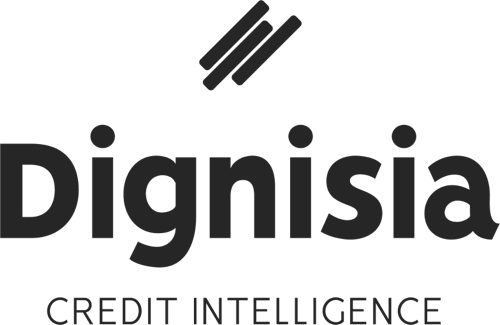The 2023 credit trend you need to know about: Reusing collection data

A big problem for companies when it comes to debt collection has been the loss of customer data after selling portfolios. By only using internal data (such as pre-default or pre-collection), you can only know so much about your customers. But a new trend has risen, where originators get to use data from the entire credit lifecycle. And this is now becoming the new industry standard.
The norm has always been that when companies sell their portfolio, they lose insight into the portfolio’s treatment and with that valuable data and insights. The originator has access to the data until the selling date, but after that, no data comes back.
However, in recent years, this has been up for debate. Many companies have learned that they can use post-selling data for learning more about their customers and thereby improving their entire process, including pre-collection, but also score-modeling and analytics.
Here’s what we mean.
What do we mean by reusing collection data?
When we say reusing data, we simply mean that you receive data and insights through the entire collection chain, in a standardized and useable format, no matter the agency or market. Even after the portfolio has been sold.
Depending on the need of the originator, the granularity of this data can vary - from aggregated to broken down into smaller segments.
These insights are incredibly valuable. You could use them to improve your scorecards, gain more knowledge about your customers, and optimize your pre-collection and collection processes.
So what’s in it for the agencies?
A way for collection agencies to build trust
More and more collection agencies are sharing aggregated data for sold claims, and it’s becoming the norm because they have something to gain. Transparency is beneficial for all parties - the originator, but also for the buyer.
First of all, receiving high-quality data will help the originator improve their scoring, which means the collection agencies will buy a higher-quality portfolio, and everybody wins.
Second, companies are constantly reviewing collection agencies, and want to work with those who do the best job in relation to what has been agreed upon. The best ones tend to be those who are also the most transparent. And transparency is key here. The higher transparency, the more trust, which in turn often translates into more business.
Sharing data post-sale is a deal made between the originator and the agencies and is now becoming the new industry standard thanks to the mentioned win-win situation. However, keep in mind that using this data is simply one part of the puzzle. Combining it with other data from the credit life cycle is what creates the real synergy effects. This is usually not the easiest task, but that is what we do best.
Where does Dignisia come in?
We have developed an industry standard of reporting, that helps you collect, validate, and standardize the data from pre-collection to post-sale of portfolios, and also a software that turns it all into digestible insights.
We are already helping several of the biggest companies in Europe and they are seeing big improvements in their scorecard evaluations and processes since they now have an overview of the entire credit lifecycle.
Feel free to reach out if you want to learn more about our system and how we can increase profitability and improve customer relations in the credit lifecycle.




